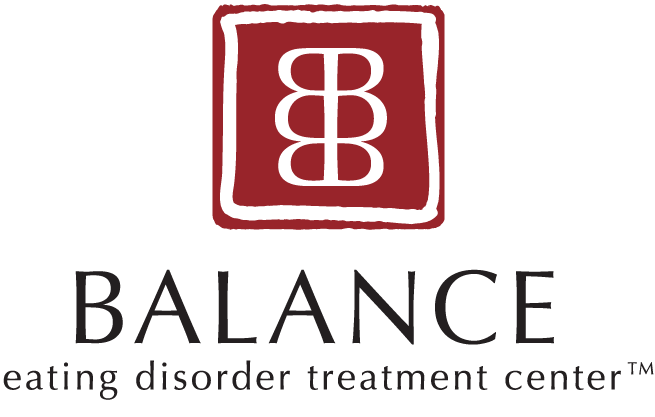Similarities and Differences Between Anorexia and Orthorexia Nervosa
It is not uncommon for people to have self-doubts about their body image or diet from time to time, but when these insecurities interfere with someone’s health and life, it could be a sign of an eating disorder. Eating disorders have serious risk factors and different characteristics. All eating disorders deserve recognition and proper treatment.
by: Amanda Nussbaum
More than 30 million Americans struggle with eating disorders, which may significantly affect their physical, mental, and emotional health. Disordered eating and eating disorders can develop at any age and tend to be related to, among other things, genetics, athletics, bullying, poor self-esteem, seeking control, or coping with stress. These contributors may cause people to take extreme measures through food and exercise to cope with their intense emotions.
Some behaviors a person with an eating disorder may experience are restricting calories, being malnourished, eliminating food groups, not wanting to eat around others, or having strict eating routines. These warning signs may cause concerns about anorexia, but can also raise a red flag about orthorexia. Although anorexia is more well-known than orthorexia, some people use the disorders interchangeably. While some characteristics of anorexia and orthorexia do overlap, it is imperative to recognize their differences to ensure that they are addressed and appropriately treated.
One of the more common eating disorders, anorexia occurs when people diet, restrict their food intake, do not eat enough calories, and have an intense fear of gaining weight. Many people with anorexia struggle with their body image, frequently look at the mirror, and over-exercise. Baggy clothes or multiple layers of clothing may also be worn to conceal weight loss. Some physical warning signs of anorexia include having irregular menstrual cycles, sleep problems, mood swings, or fine hair on the body. Someone struggling with anorexia may also become so concerned with dieting, weight loss, and body image that the condition interferes with their daily life and leads them to equate their worth to the size of their body.
By contrast, many people consider eating healthier foods to be a good thing, but overdoing this can lead to another eating disorder known as orthorexia. According to the National Eating Disorders Association, those with orthorexia often become preoccupied and overly concerned about their food’s quality and health benefits. Unlike someone with anorexia, who tries not to eat and focuses on calories, weight loss, or portion sizes, someone with orthorexia pays attention to the purity of their foods and tries to create the perfect diet. Some signs of orthorexia include continuously checking nutrition labels, researching foods, reviewing ingredient lists, needing to use particular silverware, or becoming anxious if their food is not cooked a certain way. They may also avoid some food groups or eliminate them from their diet altogether.
Anorexia and orthorexia also have some shared characteristics. Someone with either anorexia or orthorexia can become highly stressed or overwhelmed when thinking about future meals. Although for different reasons, people who struggle with these eating disorders may categorize food as “good” or “bad.” Similarly, people with anorexia or orthorexia may socialize less and not want to discuss food with others. Both eating disorders can lead to feeling shameful and have other significant emotional and physical consequences.
No matter what eating disorder someone may struggle with, it is imperative to address the condition as early as possible. If left untreated, someone’s overall health could continue to deteriorate and result in additional complications. Although anorexia focuses more on weight loss while orthorexia involves being extremely healthy, both are complex and serious conditions. Moreover, someone with anorexia can develop orthorexia and vice versa. However, with the proper treatment and support, recovery and freedom from an eating disorder is possible.
At BALANCE eating disorder treatment center™, we treat the spectrum of eating disorders, including anorexia, orthorexia, bulimia, binge eating disorder, compulsive overeating, and other disordered eating behaviors and body image issues. BALANCE is here to help you use Summer 2022 to prioritize your road to recovery. This summer at BALANCE, you can gain tools to navigate all the pressures the summer months bring, reduce eating disorder thoughts and behaviors, and develop a more peaceful relationship with food and your body.
Our admissions team would be happy to answer any questions you may have about our programs and services. Book a free consultation call with our admissions team below, or read more about our philosophy here.
This post was written by BALANCE Marketing Assistant, Amanda Nussbaum (she/her).
Amanda is a recent graduate of Ramapo College, where she majored in Business Administration with a concentration in Marketing. She enjoys being creative, writing, and editing videos, and is passionate about health, wellness, and lifestyle. Throughout college, Amanda volunteered with the Girls on the Run organization, which helps young girls develop a positive self-esteem. She also mentored a young girl through Ramapo College’s chapter of Big Brother, Big Sister. Amanda’s involvement in these organizations helped her realize that she wants to work for a company that has an impact on others, while still being creative with marketing. In the future, Amanda hopes to work in the marketing or communications department of an organization that focuses on teenagers and young adults, and their health and self-confidence. She enjoys contributing to the BALANCE blog!



